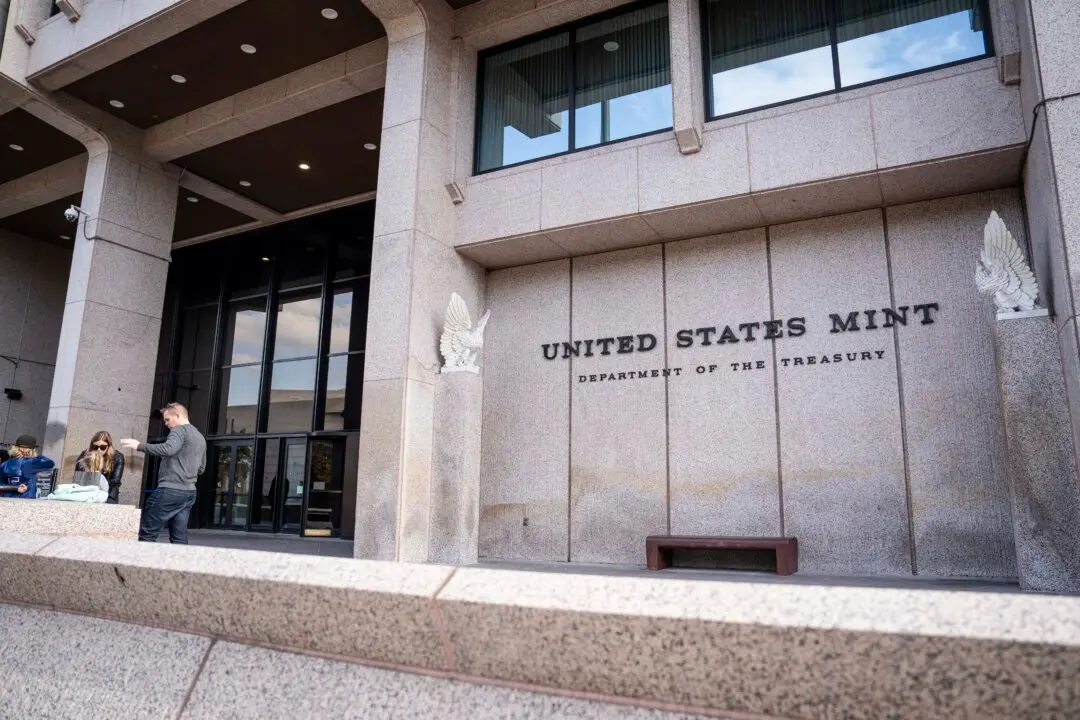The U.S. economy contracted for the second straight quarter, falling at an annualized rate of 0.9 percent in the April-to-June period, new data from the Bureau of Economic Analysis (BEA) show.
Although the gross domestic product (GDP) performance meets the definition of a technical recession, many economists and Wall Street firms haven’t been quick to declare a recession based on the preliminary estimate.





